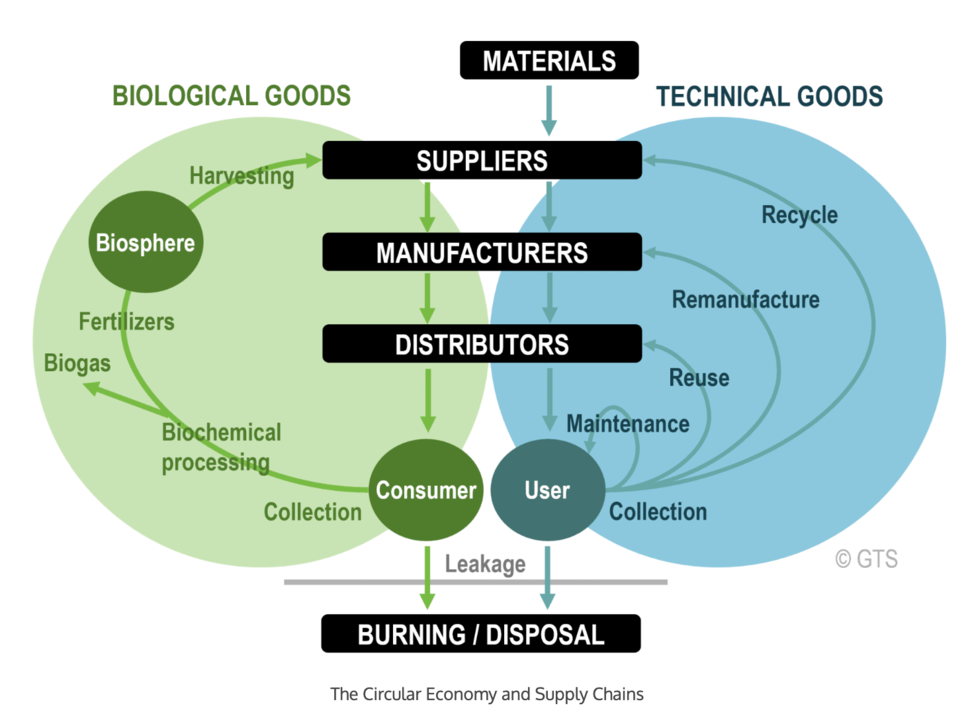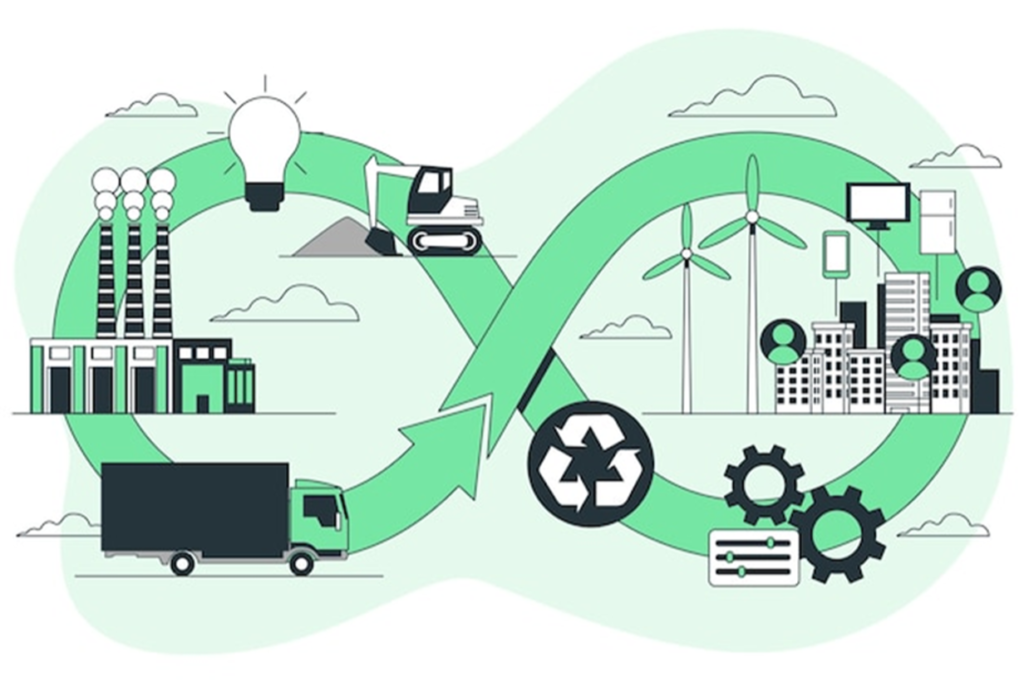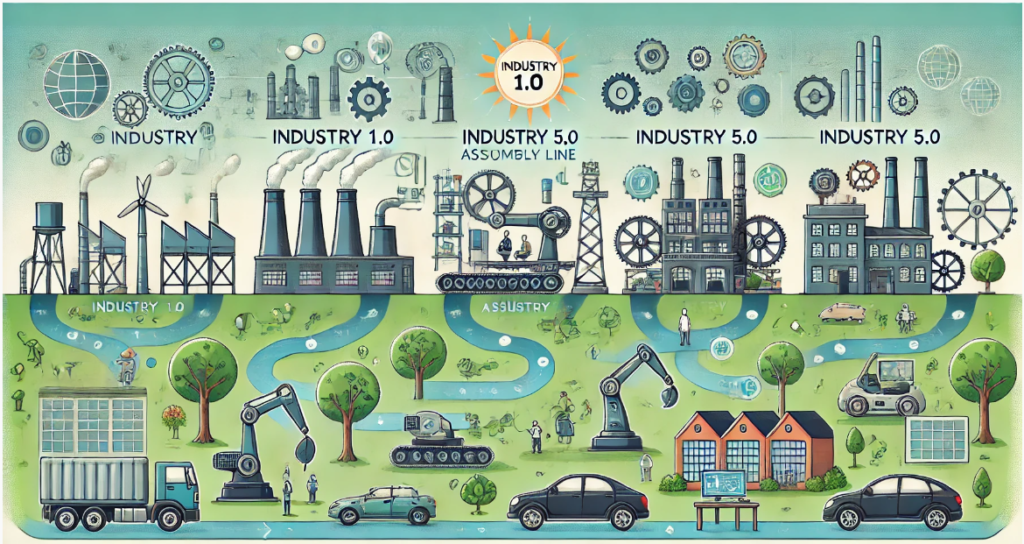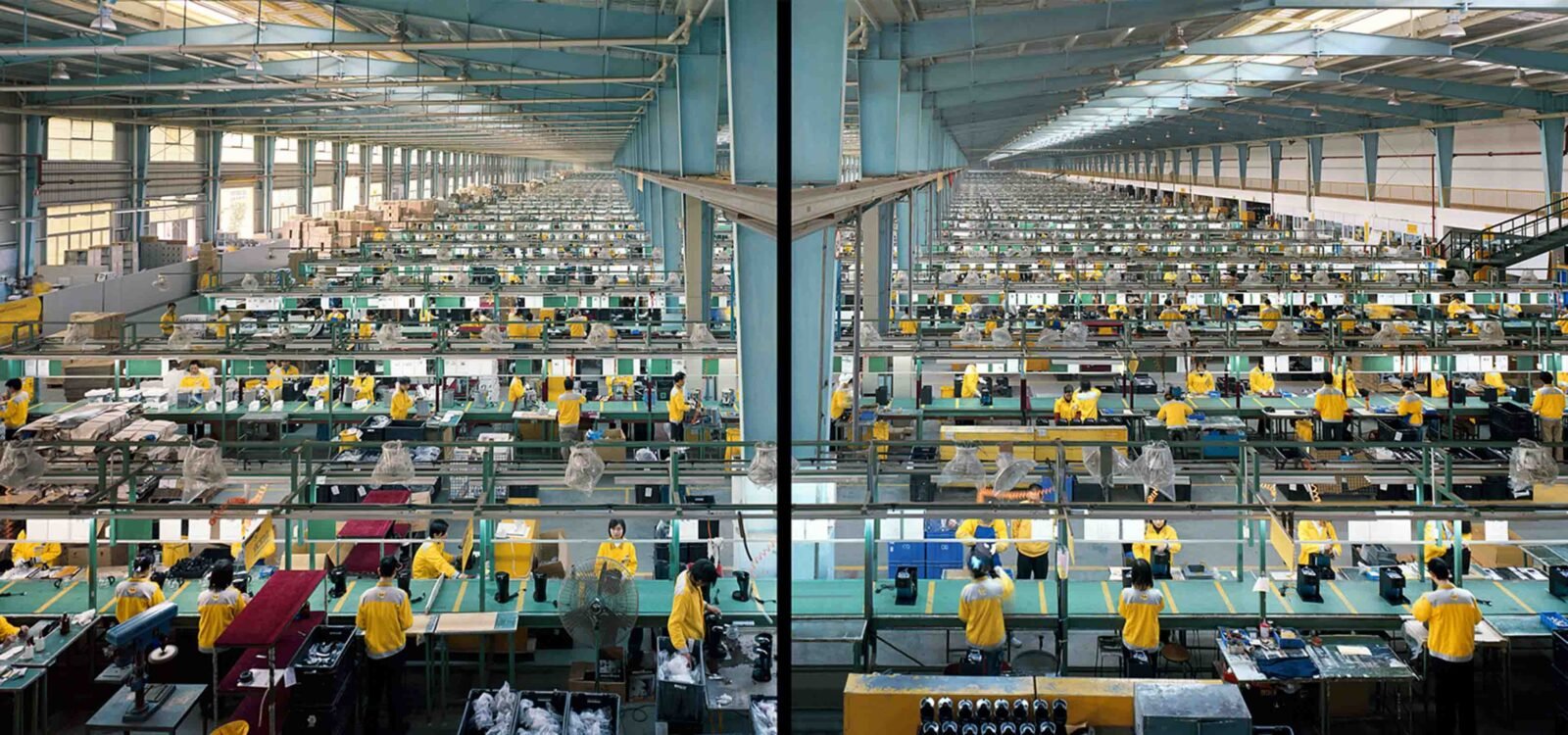In today’s world, sustainability isn’t just a buzzword; it’s a crucial aspect of modern business practices. For manufacturers, a sustainable supply chain means balancing economic performance with environmental responsibility and social equity. It’s like trying to hit a moving target—where efficiency, ethical sourcing, and eco-friendliness are all crucial.
Table of Contents
The Need for Sustainability
Why is sustainability such a hot topic? Well, climate change, resource depletion, and social issues are pressing concerns. Manufacturers are realizing that their operations impact the environment and society significantly. By adopting sustainable practices, companies can reduce their carbon footprint, waste, and reliance on non-renewable resources.
Overview of Supply Chain Challenges
Manufacturing supply chains are complex beasts. They involve numerous stages, from raw material sourcing to product delivery. Each stage can introduce environmental and social risks, such as excessive waste or unethical labor practices. Navigating these challenges while maintaining profitability is no small feat.
Core Principles of Sustainable Supply Chains
Reducing Carbon Footprint
One of the first steps in a sustainable supply chain is minimizing carbon emissions. This can be achieved through energy-efficient processes, using renewable energy sources, and optimizing transportation routes. Think of it like switching from a gas-guzzling car to an electric vehicle—it’s about making smarter choices that benefit the environment.

Minimizing Waste
Waste reduction isn’t just about recycling; it involves rethinking production processes to avoid excess materials and by-products. Manufacturers are increasingly adopting lean practices, which aim to cut down on waste at every stage of production.
Ethical Sourcing
Sourcing materials ethically means ensuring that your suppliers are not involved in practices like deforestation, child labor, or exploitation. It’s like shopping for products where you know the ingredients are fair-trade and the workers are treated well.
The Role of Microfactory in Sustainability
What is a Microfactory?
Microfactories are small-scale manufacturing facilities that focus on localized production. They’re often more agile and adaptable compared to traditional factories, which means they can quickly respond to market demands with minimal environmental impact.
Benefits of Microfactory
Energy Efficiency
Microfactories tend to be more energy-efficient due to their smaller scale and advanced technologies. They can incorporate energy-saving measures more easily, such as LED lighting and energy-efficient machinery.
Localized Production
By producing goods closer to the point of consumption, microfactories reduce the need for long-distance transportation, cutting down on greenhouse gas emissions and transportation costs. Imagine having a bakery in your neighborhood that produces fresh bread daily—it’s all about reducing the distance from production to consumption.
Implementing Sustainable Practices in Manufacturing
Material Sourcing and Efficiency
Choosing sustainable materials is crucial. Manufacturers are opting for recycled materials and renewable resources to reduce their environmental footprint. For example, using recycled plastic in production processes helps decrease the need for new raw materials.


Energy Use and Management
Effective energy management involves using renewable energy sources, optimizing energy use, and investing in energy-efficient technologies. For instance, solar panels and wind turbines are becoming more common in manufacturing facilities.
Waste Reduction Strategies
Waste reduction strategies include implementing recycling programs, reusing materials, and designing products with end-of-life disposal in mind. Think of it as a circular economy where products are designed to be reused, repaired, or recycled.
Case Studies: Successful Sustainable Supply Chains
Case Study 1: Eco-Friendly Electronics
A leading electronics manufacturer adopted sustainable practices by using recycled materials and designing energy-efficient products. Their supply chain transformation led to significant reductions in waste and energy consumption, setting a benchmark for the industry.
Case Study 2: Sustainable Textiles
A textile company integrated sustainable practices by sourcing organic cotton and reducing water usage in production. Their approach not only improved environmental outcomes but also resonated with eco-conscious consumers.
Challenges and Solutions
Common Obstacles in Adopting Sustainable Practices
Transitioning to sustainable practices can be challenging due to costs, lack of infrastructure, and resistance to change. Companies may face difficulties in finding sustainable suppliers or upgrading their technology.
Strategies for Overcoming Challenges
To overcome these obstacles, businesses can start small, invest in training, and collaborate with other organizations to share resources and knowledge. For instance, forming partnerships with suppliers who prioritize sustainability can ease the transition.
The Future of Sustainable Manufacturing
Innovations on the Horizon
The future of manufacturing lies in innovations like smart factories, advanced recycling technologies, and sustainable materials. These advancements promise to enhance efficiency and reduce environmental impact.

The Role of Technology and Research
Ongoing research and technological advancements will play a pivotal role in shaping sustainable manufacturing practices. Technologies such as artificial intelligence and the Internet of Things (IoT) are expected to drive efficiency and sustainability in production processes.
Conclusion
Sustainable supply chains are not just a trend; they’re an essential component of responsible manufacturing. By incorporating microfactories and adopting green practices, manufacturers can contribute to a more sustainable future. It’s about making choices that benefit the planet and society while staying ahead in a competitive market. Embracing these practices is not only a moral imperative but also a strategic advantage.
FAQs
What is a microfactory?
- A microfactory is a small-scale manufacturing facility that focuses on localized, efficient production. It’s designed to be more adaptable and environmentally friendly compared to traditional large factories.
How can manufacturers reduce their carbon footprint?
- Manufacturers can reduce their carbon footprint by using renewable energy sources, optimizing production processes for energy efficiency, and minimizing transportation emissions through localized production.
What are some examples of sustainable materials?
- Examples of sustainable materials include recycled plastics, organic cotton, bamboo, and biodegradable materials. These materials help reduce environmental impact and support a circular economy.
What challenges might a company face when adopting sustainable practices?
- Challenges include high initial costs, difficulty in finding sustainable suppliers, resistance to change within the organization, and lack of infrastructure for new technologies.
How can technology improve sustainability in manufacturing?
- Technology can enhance sustainability by optimizing production processes, improving energy efficiency, enabling better waste management, and facilitating the use of sustainable materials. Innovations like smart factories and AI play a significant role in this transformation.


